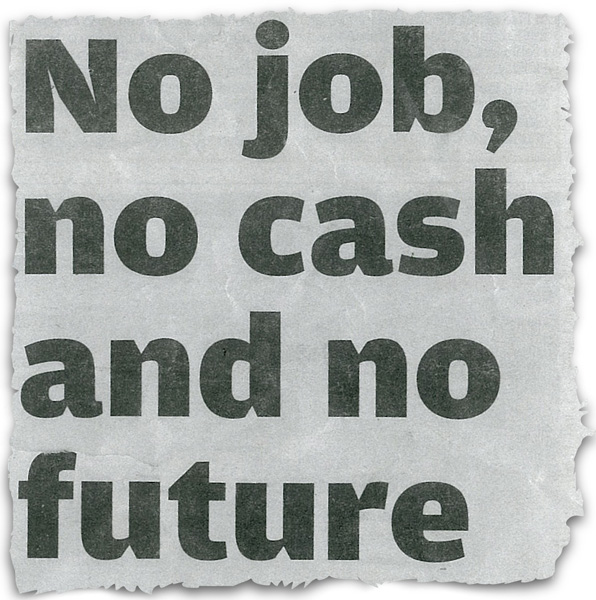No job, no cash and no future. It sounds like a Sex Pistols lyric from the seventies, but sadly it was an all too recent headline from one of London’s daily papers. Tens of thousands of young people feel destined never to amount to anything, according to research by charity the Prince’s Trust.
It asserts that there is an undiscovered generation of youngsters denied the chance to fulfil their potential because they are too poor to find work. What does that mean for the creative industries? And what can we do about it?
The report talks about the number of entrepreneurs, teachers, police officers, doctors, nurses, social workers and mechanics that will be lost – a staggering 247,500. What it doesn’t calculate is how many designers, photographers, film makers, copywriters and art directors may never make it out of the poverty trap.
There are two schools of thought on this.
One is that creative types are born, not made. That those people with a natural flair for art, for creative thinking, for making and doing, are quite capable of distinguishing themselves from their circumstances and making and doing their own destinies.
It’s true that creative people are passionate souls. They tend to be driven individuals, blessed with – or encumbered by – innate curiosity, burning ambition and a large quantity of self-belief. So, therefore, we shouldn’t worry about disenfranchised youth because the youth that we want, and that want jobs with us, will inherently rise to the challenge and make themselves known to us.
The other side of the coin is more worrying. What if kids are so downtrodden; so trapped by their surroundings that no matter how much they want to break free they can’t? For every Danny Boyle, how many potential auteurs fail to escape the poverty trap?
And more to the point, what can we do about it? What should we do about it? We offer placements and internships to young people, but if I’m honest about it, they are the kind of people who are banging on our doors asking to be given a chance, not disenfranchised youths. We run the Spark awards, which give students the opportunity to win a three-month expenses paid placement in one of our studios, but again, it is for design students.
Should we be talking to kids in secondary schools about the importance of design and the opportunities to create a career out of it? We had a bunch of ordinary teenagers in when we were researching Tango and one was so impressed with the world of design that he is coming back in for a placement. But that’s just one kid.
Should we be doing more – as agencies or as an industry through our representative bodies? Should we be reaching out to underprivileged kids before they have the chance to give up hope?
Or do we sit back and let those with the passion and ambition to achieve no matter what, come to us?
By Martin Grimer, Executive Creative Director at Blue Marlin
